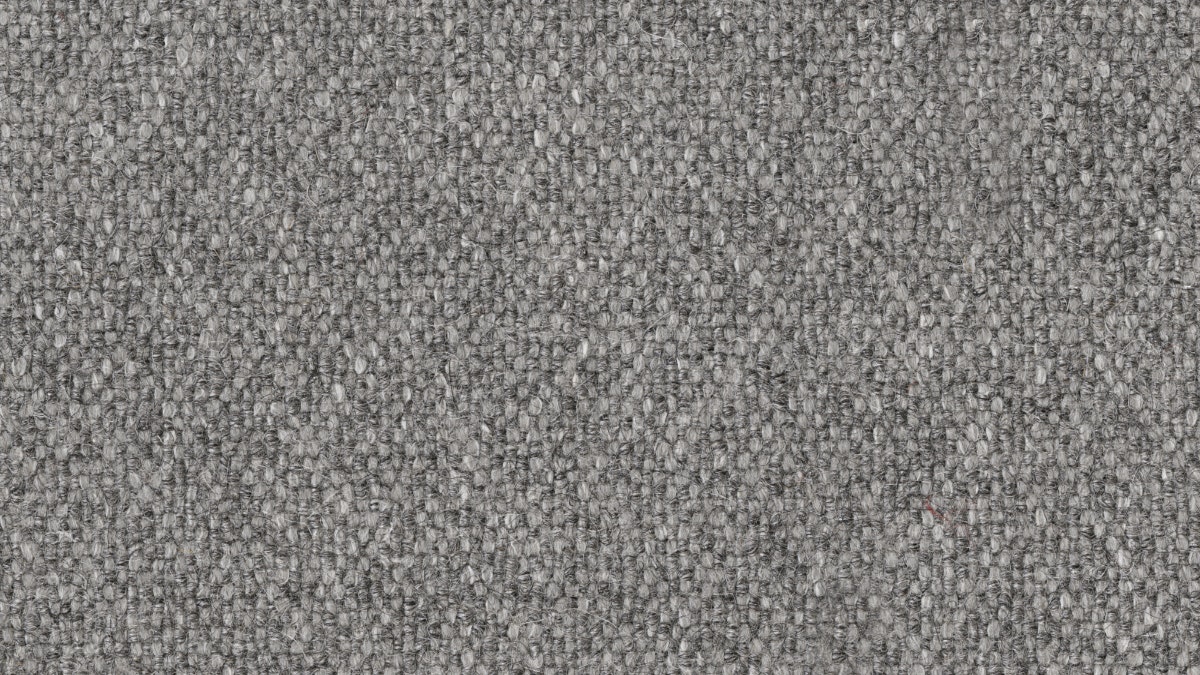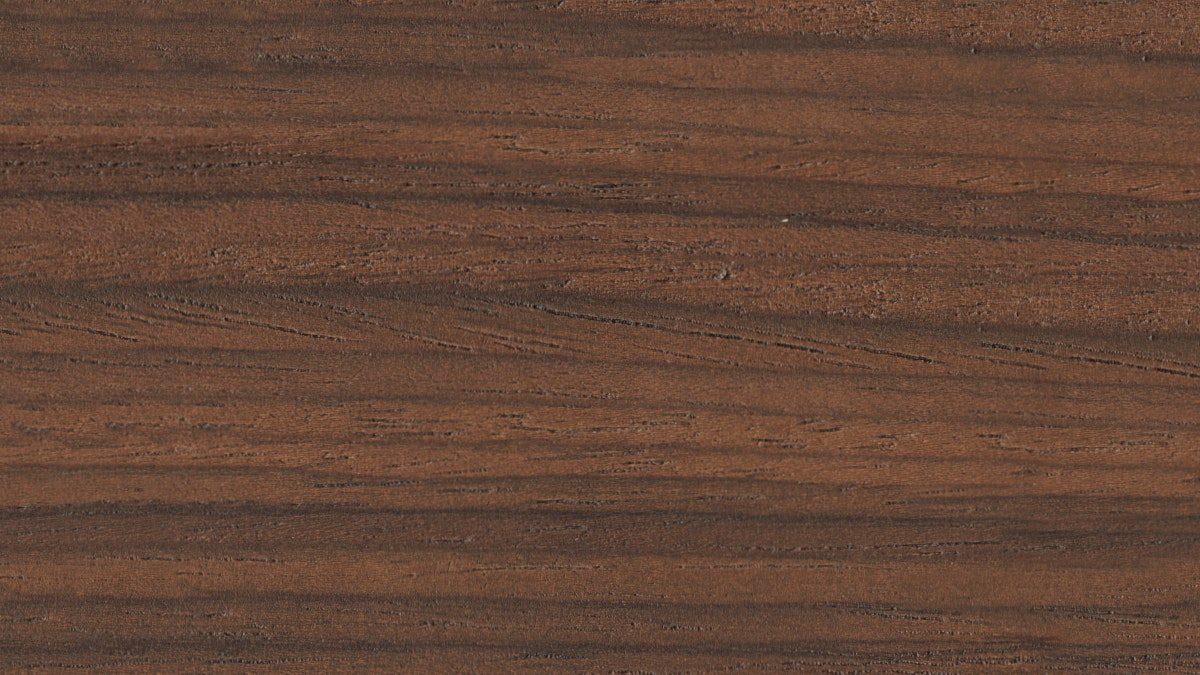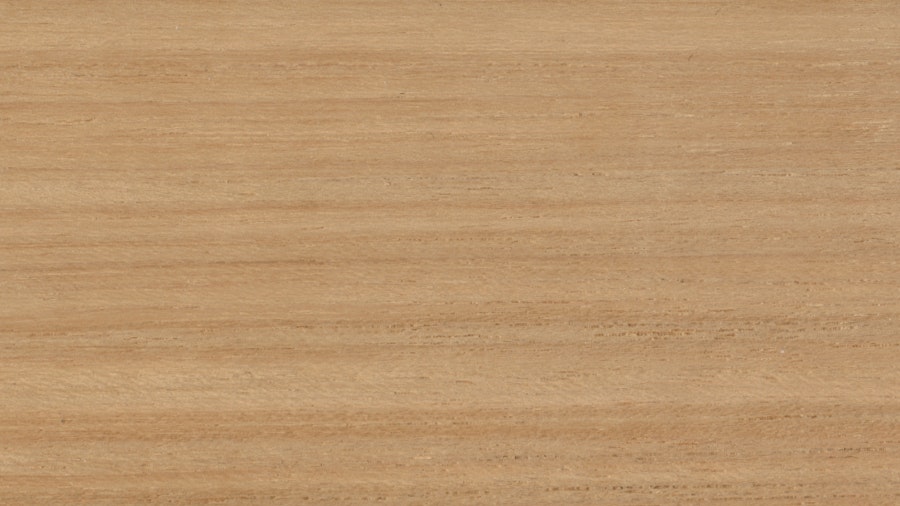Care + Maintenance
Marble
DWR uses only top grades of marble in our furniture. We source it from quarries around the world, where workers excavate it from a pit, cut it into large blocks and then cut it into more manageable slabs. Stone masters examine the veining and composition of each slab, assessing its quality and deciding if and how the piece should be further shaped. From there, CNC cutters with water-cooled, diamond-coated blades machine the chosen pieces to the desired specifications. Each stone is worked by hand and coated with polyester sealant to give it a nonporous, stain-resistant surface. To showcase the unique traits in each type of marble, we offer a choice of two finishes: glossy polished or matte satin.
Our Marbles
Arabescato
White marble with heavy grey veining.
Origin: Italy
Black
Black marble with heavy white and grey veining
Origin: China
Calacatta
Off-white marble with dramatic light yellow veining
Origin: Italy
Carrara
White marble with light grey veining
Origin: Italy
Extra-White
Pure white marble with very faint traces of grey
Origin: Italy
Nero Marquina
Deep black marble with fine white veining
Origin: Spain
Verdi Alpi
Dark green marble with heavy light green veining
Origin: Italy
Care
- Wipe up spills immediately with a clean, dry cloth.
- Avoid alkaline or acidic liquids, as they can break down the protective sealant on marble surfaces.
- Apply protective pads to the undersides of items being displayed on the stone surfaces.
Cleaning
- Remove surface stains with a product such as StoneTech Stone & Tile Cleaner by Laticrete. Follow the directions on the container, including spraying directly on the soiled area and wiping it with a clean, dry cloth.
- Avoid ammonia, bleach and highly alkaline or acidic cleaners.
Fabrics
Our Fabrics
Ducale Wool The more you look at Ducale Wool, the more you see. The first color in this commercial-grade textile gives way to hints of lighter hues within the weave, blended together to create depth and warmth in one outstanding textile. Durable, elegant and as familiar as your favorite blazer - the one that makes you feel like a movie star - Ducale Wool is why the Italians are known for their expertise with fabric.
Lama Tweed
The power suit of fabrics, tweed is the go-to for a smart look. Lama Tweed knows how to hold a room's attention, stands up to plenty of use, and prefers to meet in person rather than via Skype or IM. In other words, this is a wool and alpaca fabric you - and your furniture - have to experience firsthand to fully appreciate.
Linen Weave
Flax is a wondrous fiber, in use for 10,000 years and yet as vital as ever. Flax puts the fresh in a summer suit and the crisp in a stack of new greenbacks. In our Linen Weave, it quietly lends backbone to viscose and cotton while offering its ancient grid to the eye and cool touch to the hand, like a breeze over the plains of Mesopotamia.
Maharam Mode
Something is so irresistible about big, strong things with soft, gentle hearts, such as the linebacker who loves kittens or the wrestler who does needlepoint. Add Mode to the list. Able to tackle years of being sat on without a gripe, it is one tough customer. Yet is still offers us a tactile hand and subtly contrasting weave. It even comprises 80% post-consumer recycled material, demonstrating yet again its quiet strength.
Mohair Supreme
With a soft hand and highly durable rating of 70,000 double rubs, Maharam’s 100% mohair upholstery is available with or without a PFOA-free, stain-resistant finish. The PFC-free material is environmentally friendly, containing bio-based materials and earning Cradle-to-Cradle basic certification.
Pebble Weave
Pebble pathways derive their appearance as much from the stones themselves as the grid that forms between them. So, too, with Pebble Weave. Built on a ground of black yarn that frames the lighter yarns into textured courses, it is nearly similar and yet endlessly varying.
Pecora
Pecora is an extraordinarily soft fabric whose texture is hinted at by its subtly heathered appearance. Its character derives from an artful blend of Australian wool – considered among the finest in the world – and Peruvian alpaca, which lends it a silky luster. Polyamide provides backbone while keeping to its supporting role. The result is a textile with demure sophistication and impressive durability.
Care
- Vacuum textiles regularly with an upholstery attachment to remove dust and dirt.
- Place textiles out of direct sunlight to help prevent fading. Dark colors and cotton fabrics are particularly susceptible to sun.
- Have upholstered items professionally cleaned annually.
- Rotate, turn and fluff cushions periodically to promote uniform wear.
- Maintain a consistent humidity in the space to prevent wood frames and joints from expanding and contracting excessively, which can cause upholstery to stretch and sag.
Cleaning
- Refresh fabrics – including Ultrasuede – by gentling running over it with a lint brush or soft brush.
- Blot spills immediately with a clean, dry white cloth. Always blot from the outer edges inward to reduce the chance of a stain ring.
- Blot stains with clear, cool water. Avoid hot water, which can set a stain.
- Take special care not to rub when cleaning spills and stains on Ultrasuede, as it can ruin the material’s soft nap.
- If the stain is oil- or water-based, blot the area again with a clean white cloth, repeating as necessary.
- Remove gum and wax by placing a small plastic bag of ice on it, waiting for the material to harden, and then gently chipping it away. Repeat as necessary and blot any residual stain with a clean, damp white cloth.
- Brush pile fabrics lightly with a stiff bristle brush to remove minor stains and regain original appearance. Do not rub or use excessive force when brushing.
- Do not use cleaning solvents of any kind.
- Do not let water saturate the fabric or pool in its seams.
Leathers
Our Leathers
All Grain A premium, Greenguard-certified leather from U.S. producer Edelman Leather, All Grain is soft and supple, with a pebble-grain texture and stain-release coating that makes the material able to withstand demanding use.
Aniline Leather
Aniline leather is made from untreated hides, which over time develop a beautiful patina: a subtle darkening and shine from aging and use. Hides differ slightly from one to the next, with distinct coloring and wrinkling making each piece unique. Natural markings and scars are most prevalent in aniline leather.
Hairy Hide
Hairy hides are natural hides left unfinished, with no hair-softening treatments or sealants. Hide-hair lengths may vary naturally from one area to another. We advise against trimming any hair; hide loss of hair over time is normal with ordinary use.
Raise
A high-quality, full-grain leather, Raise is made from the finest Italian ox and heifer hides, with each averaging more than 50 square feet in size. Natural irregularities highlight the authenticity of the tanning process, with minimal finishing to disturb the grain. A light-colored finish adds water resistance to this durable leather without altering its natural characteristics.
MCL
MCL is a premium leather with 100% natural grain, which will acquire a rich patina over time. Color variations and surface marks are inherent in this leather style, with a surface finish contributing to its very high durability.
Semi-Aniline Leather
Slightly more durable than aniline leather, semi-aniline leather is treated with a light coating of dye to ensure consistent coloring and improve stain-resistance. It has fewer natural markings than aniline leather.
Vicenza
A premium leather from U.S. producer Spinneybeck, Vicenza is dyed through to create a saturated color, re-tanned for a superior hand and lightly corrected for a consistently smooth grain. A breathable, heavy finish protects the leather while keeping its surface cool to the touch.
Care
- Vacuum leather (save for hides) regularly with an upholstery attachment to remove dust and dirt.
- Brush hides gently with a dry cloth, going with the grain. Never rub a hide, as it can damage the hair.
- Place leather out of direct sunlight to help prevent fading and cracking.
- Regularly remove the zippered casings from seat and back cushions to fluff and rotate the cushion inside. This ensures even wear and extends the cushions’ lives.
Cleaning
- Refresh fabrics – including Ultrasuede – by gentling running over it with a lint brush or soft brush.
- Blot spills immediately with a clean, dry white cloth. Always blot from the outer edges inward to reduce the chance of a stain ring.
- Blot stains with clear, cool water. Avoid hot water, which can set a stain.
- Take special care not to rub when cleaning spills and stains on Ultrasuede, as it can ruin the material’s soft nap.
- If the stain is oil- or water-based, blot the area again with a clean white cloth, repeating as necessary.
- Remove gum and wax by placing a small plastic bag of ice on it, waiting for the material to harden, and then gently chipping it away. Repeat as necessary and blot any residual stain with a clean, damp white cloth.
- Brush pile fabrics lightly with a stiff bristle brush to remove minor stains and regain original appearance. Do not rub or use excessive force when brushing.
- Do not use cleaning solvents of any kind.
- Do not let water saturate the fabric or pool in its seams.
Wood
Our Furniture Woods
Ash Lightly colored and straight-grained, ash is dense and strong.
Cherry
A durable wood, cherry has a rich, reddish color that darkens over time.
Oak
Heavy and exceedingly durable, this lightly colored wood has a prominent grain pattern and dense constitution.
Teak
A dense and durable wood often used in outdoor furniture, teak is yellow to dark brown in color. It develops a grey patina over time if it is exposed to the elements.
Walnut
Strong and hard without being extremely heavy, Walnut is dark brown in color and often has a highly figured grain.
Responsible Wood Sourcing
Design Within Reach is committed to conserving, protecting and restoring natural resources. We fully support responsible forest management practices that promote ecosystem sustainability, biodiversity and long-term environmental, social and economic benefits.
Wood Applications
Laminate
Laminated is formed by bonding together layers of wood or synthetic materials, and then applying them to a substrate.
MDF (Medium-Density Fiberboard)
A durable substitute for solid wood, MDF is manufactured from wood fibers and usually coated with veneer or laminate.
Solid Wood
A term used to describe furniture components that are milled completely from natural wood.
Veneers
Taking advantage of wood grain’s natural beauty, these thin, flat panels sliced from larger pieces of solid wood are fixed to a substrate of engineered material, such as MDF or solid wood.
Wood Finishes
Ebonized
A chemical process that darkens a wood’s surface permanently and dramatically, ebonizing is most commonly used on oak and walnut furniture.
Lacquer
A hard, clear and heat-resistant coating applied to natural or painted surfaces.
Oil
A renewable coating that protects surfaces and enhances their wood grain.
Polyurethane
A modern, synthetic coating that is tougher than traditional top coatings.
Powder Coat / Formcoat®
A dry finishing process whereby finely ground, electrostatically charged particles of pigment and resin are sprayed on a surface and then heated until they fuse and cure.
Soap
Used on light woods such as oak, this coating of rubbed–on soap flakes produces a smooth, matte finish. It must be reapplied periodically.
Satin
Available in natural and synthetic options, these substances color and highlight wood grain. They can be water- or oil-based and are usually covered with a topcoat of varnish, oil or wax.
Wax
A renewable finish that protects wood and creates a glossy appearance, wax can be used on bare or stained pieces.
Wood Cuts
Flat-Sawn
Flat-sawn (or plain-sawn) wood is the most commonly used lumber. The face can feature both straight and cathedral-shaped patterns, while the end grain has horizontal or slightly cupped figuring.
Quarter-Sawn
Nearly all quarter-sawn wood has a fine, straight grain pattern on its face; its end grain has a vertical pattern. (The main exception is quarter-sawn red and white oak, which features dramatic flecking and wavy ribbons.) Quarter-sawn is more labor-intensive than flat-sawn; it yields a very stable finished product.
Care
- Avoid exposing wood to direct heat and sunlight
- Maintain consistent humidity in the space to prevent excessive expansion and contraction of wooden pieces and joints.
- Wipe up spills immediately with a clean, dry cloth.
- Use coasters for drinks to prevent moisture from contacting surfaces.
- Use trivets for hot pans and dishes to prevent damage to finishes and underlying wood.
- Keep rough and sharp objects away from wood surfaces.
- Apply protective pads to the undersides of items being displayed on wood surfaces, including those with rubber feet or bumpers.
Cleaning
- Dust wood frequently with a soft, slightly damp lint-free cloth, and then wipe dry.
- Avoid using abrasives, harsh chemicals and aerosol-powered cleaners on finishes and veneers.
- Use waxes and oils as recommended with each product to maintain moisture and provide a protective coating. Apply these products only to the piece’s wood and veneer parts, always testing first on an inconspicuous spot.
- Maintain oiled veneers by very lightly brushing wood areas in the direction of the grain with a fine Scotchbrite pad, which will open the wood’s pores and remove fingerprints and dirt. Follow with oil as recommended, wiping off excess with a soft, dry cotton cloth and smoothing in the direction of the grain.
- Repair minor stains, scratches, and water rings by rubbing the surface lightly in the direction of the wood grain with No. 000 steel wool, and then applying a scratch-removing polish with a color and value that simulates the veneer.
- If surface scratches are deep, consult a professional furniture refinisher.
Outdoor Teak Furniture
Left to weather naturally outdoors, unfinished teak will gradually change color to a soft silver-grey as pigments in the surface layer begin to fade. We recommend allowing teak furniture to weather that way. However, if left in shade for long periods, teak will retain surface moisture and eventually develop mildew, which should not be allowed to fester.
Care
- Clean teak furniture thoroughly once or twice a year.
- Use customized DWR rain covers for furniture left outdoors for long periods of inclement weather.
- In winter, store teak pieces and cushions in a shed or garage.
- Store cushions separately from furniture to prevent transfer of moisture.
- Brush dirt off the cushions before it becomes embedded; wipe up spills and spot-clean stains as soon as they occur.
Cleaning
- Remove mildew with a teak cleaner, available at local hardware stores. Use a soft bristle brush to help with cleaning. Rinse thoroughly after cleaning and place furniture in a sunny area to dry.
- Clean the cushions with a solution made by dissolving 2 ounces (1/4 cup) of mild detergent – such as Woolite® laundry detergent or Dawn® dish-washing liquid –in a gallon of lukewarm water. Use a sponge or soft bristle brush to apply the mixture to the textile, allowing it to soak in. Once it has, rinse the cushion to remove solution residue and allow fabric to air-dry.
Plastic
Plastic is a broad term than can describe a variety of materials used in furniture at DWR. Fortunately, the care and cleaning of these materials, despite their subtle differences in composition, follows the same general steps.
Care
- Dust regularly with a soft, damp cloth.
- Keep rough and sharp objects away from plastic surfaces to avoid scratches.
Cleaning
- Wash plastic surfaces with a soft cloth dampened with a solution of mild detergent and warm water. Rinse thoroughly and dry with a soft cloth.
- Avoid abrasive solvents, scrubber sponges, and kitchen cleaners.





